30 Of The Best Google Classroom Tools For Teachers
Here are 30 of the best teaching tools that integrate with and otherwise extend and improve Google Classroom.
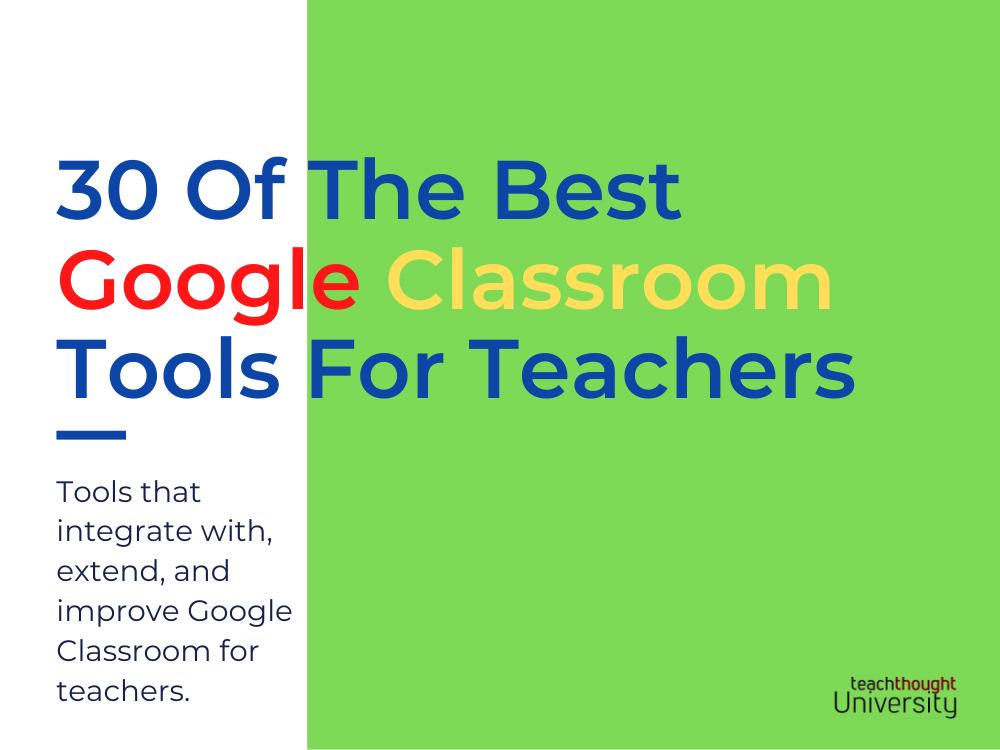
Here are 30 of the best teaching tools that integrate with and otherwise extend and improve Google Classroom.
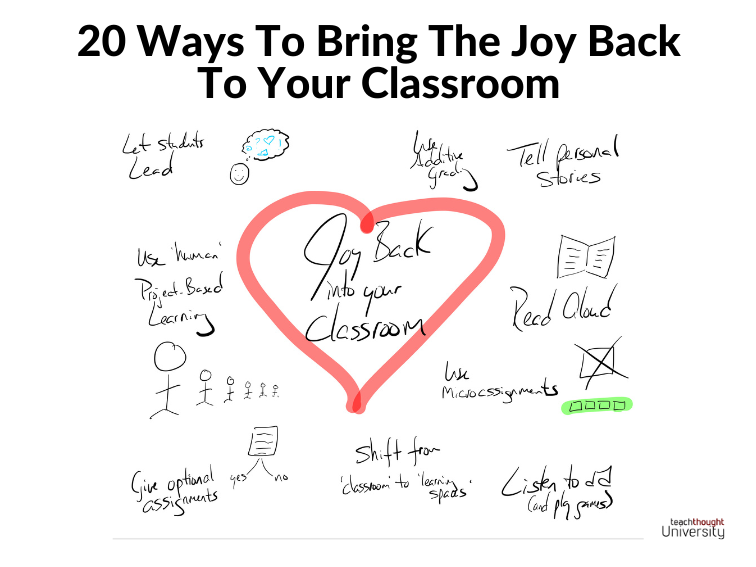
The potential for new learning spaces and dynamics represents an opportunity for a different kind of resonance–and hopefully, joy.
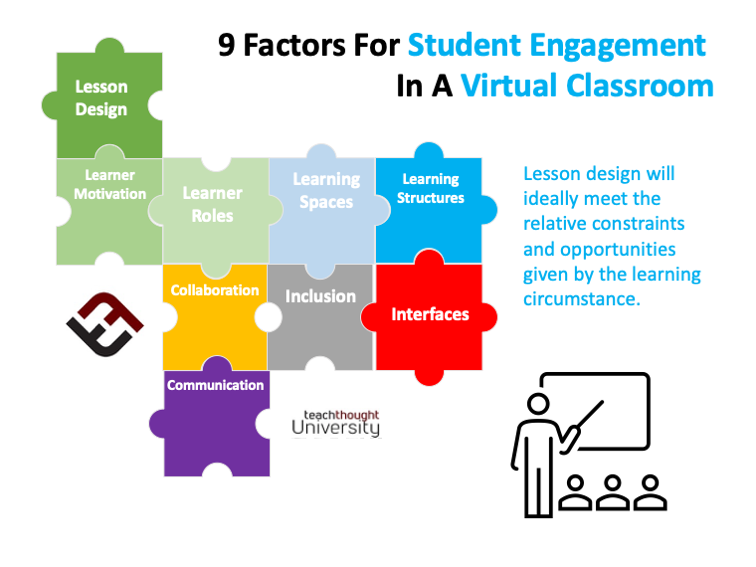
Principles of student engagement in a virtual classroom include learning spaces, lesson design, and equitable access.
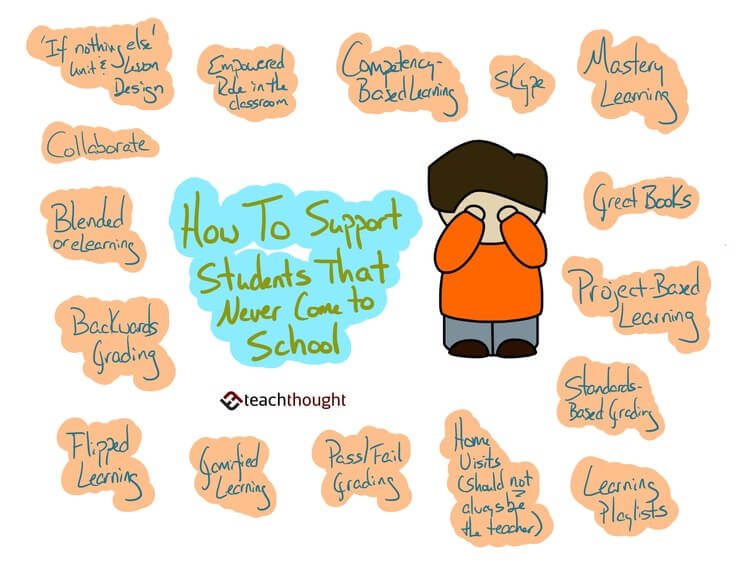
How can you help students who don’t come to school? With a few shifts in thinking, while a challenge, there are ways to help truant students.

While technology opens new horizons, adapting to this is more challenging. What are the benefits of technology in learning and education?

Rethinking grading in project-based learning can support students by clarifying complexity and rewarding nuance of understanding.
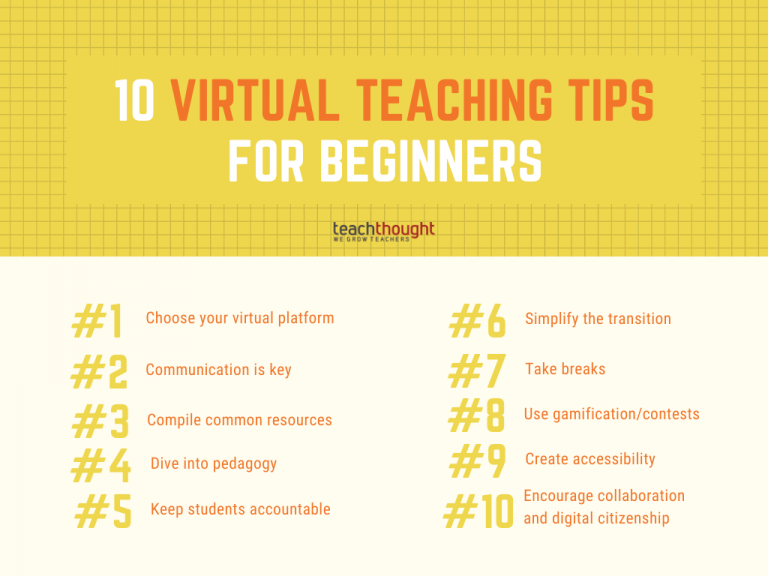
Virtual teaching tips aren’t much different than standard tips. Ultimately, it all boils down to prioritizing, simplifying & communication.
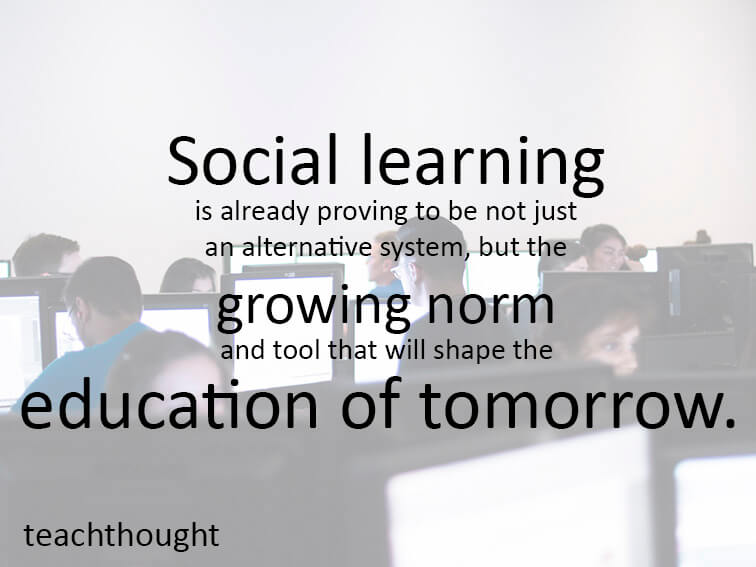
Social learning is essential to create future-ready students adept at self-organized learning, knowledge sharing, and working with teams.
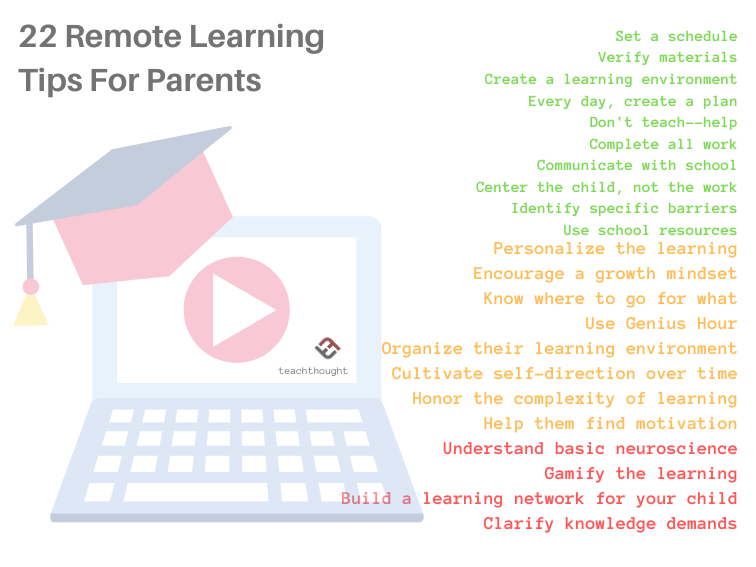
Remote learning tips for parents include focusing on the child’s well-being, creating a schedule, providing resources, and making sure work is complete.

To get the best work from a student, they need to create their own standards for quality academic work–ideally alongside you, as a teacher.
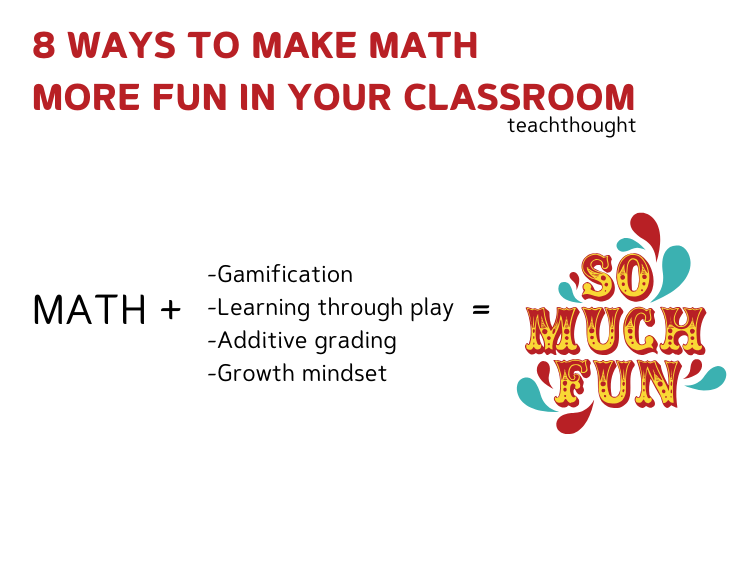
Want to make math more fun for students? Support them by giving them space to ask questions and learn through play.
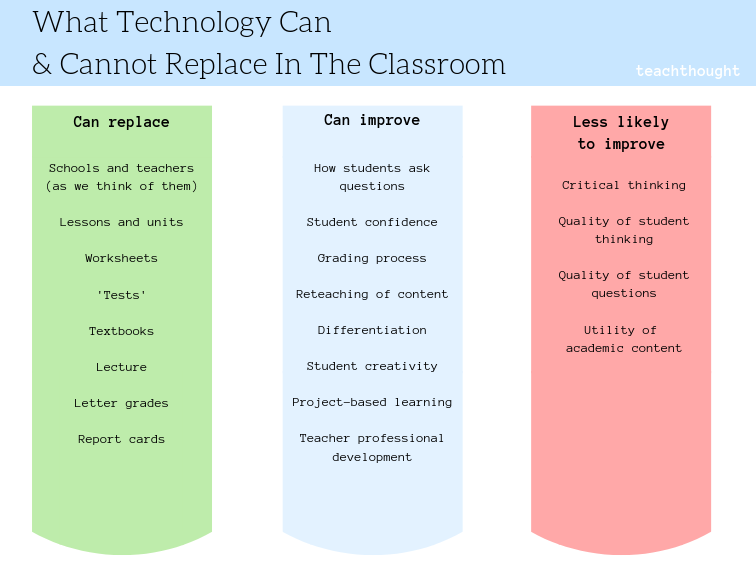
From curriculum maps and report cards to metacognition & field trips, here are some examples of what technology can replace in the classroom.